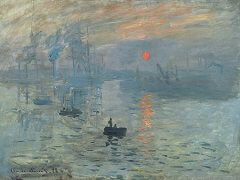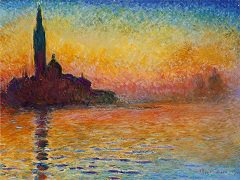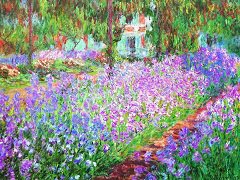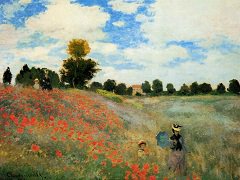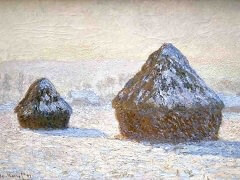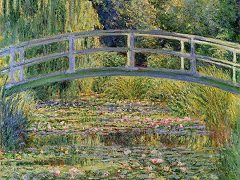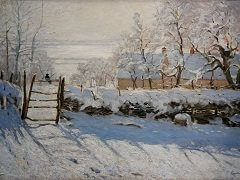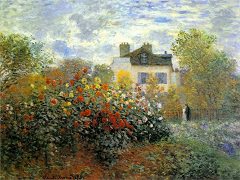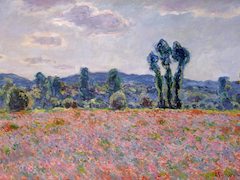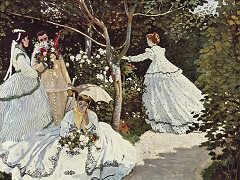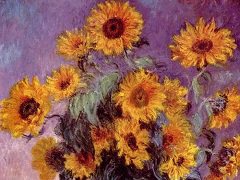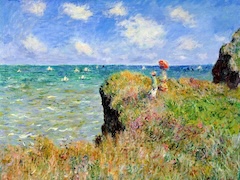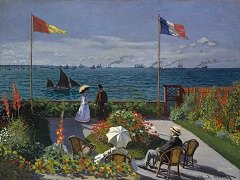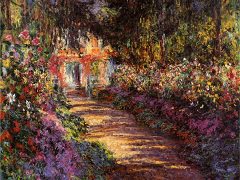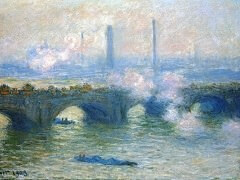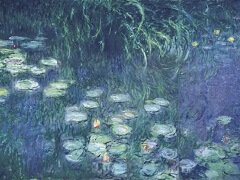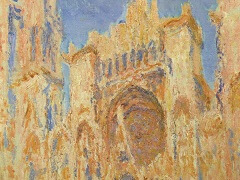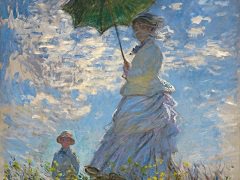Tulip Fields, 1886 by Claude Monet
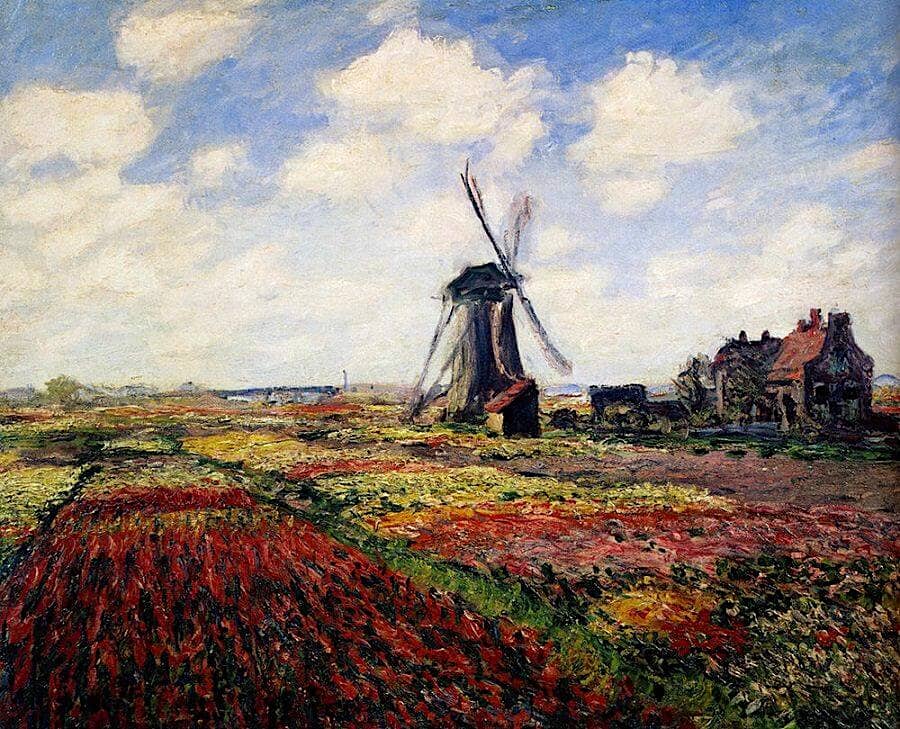
In the spring of 1886 Monet spent a few dogs painting in Holland, delighting in the vast fields of tulips that stretched as far as the eye could see. Fields of flowers were not a new motif for the artist, but he had never had the opportunity to paint two such opposing elements - that of the natural tulip grown in regimented, man-made format. These fields of tulips, split into different colors that formed geometric bands of solid contrasting color across the flat landscape, were an ideal subject for Monet. Furthermore, the fields were frequently bordered by ribbon-like canals, in whose waters the brilliant colors of the tulips were sharply reflected.
In 1886, when Van Gogh arrived in Paris, Tulip Fields was shown in Petit's exhibition. The painting undoubtedly has attracted Van Gogh's attention, and has a pronounced effect on his work. Van Gogh's Paintings, which had to this point been dark and tonal, are lightened dramatically and his style became directly influenced by the painting techniques of the Claude Monet.

